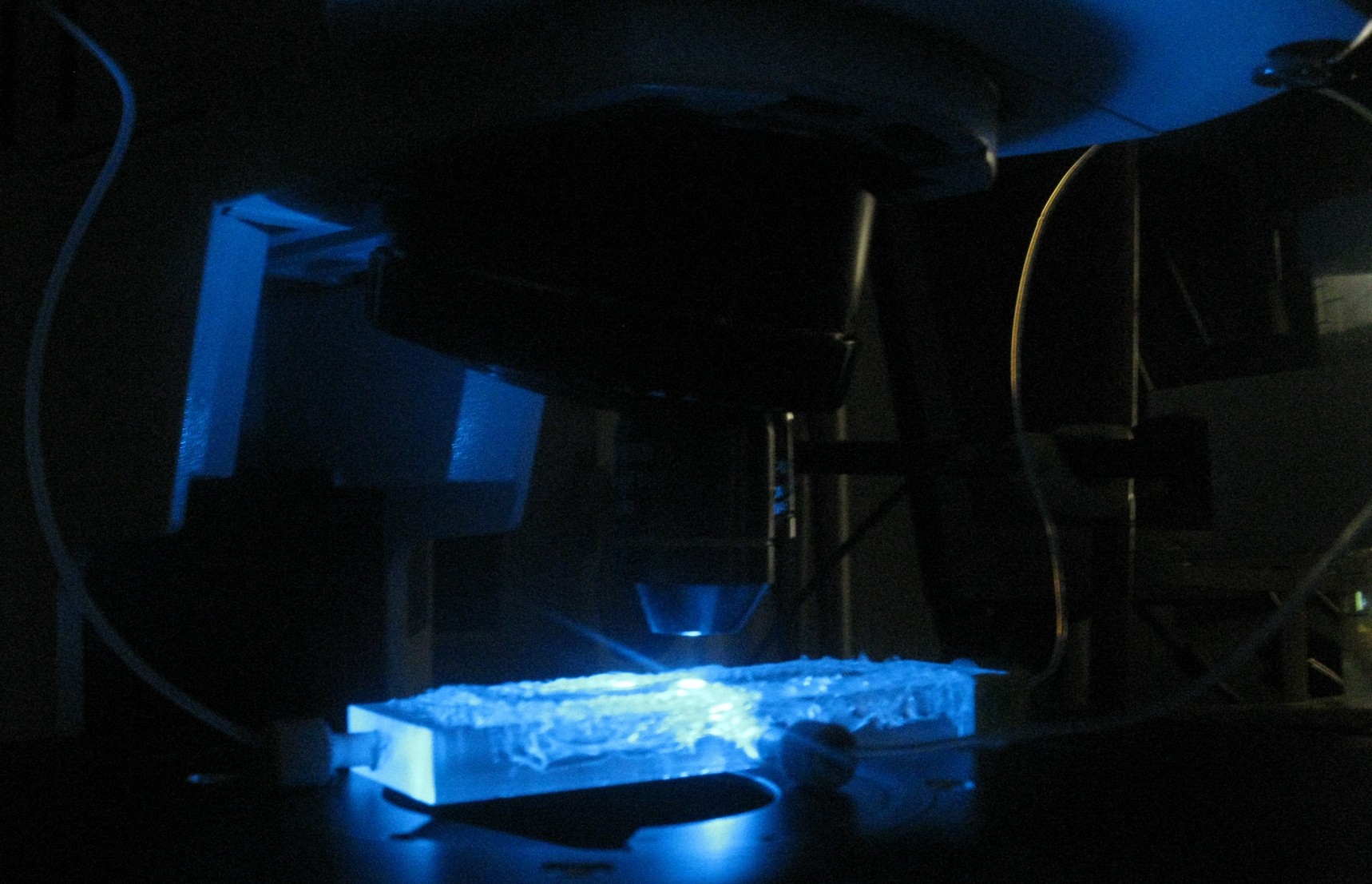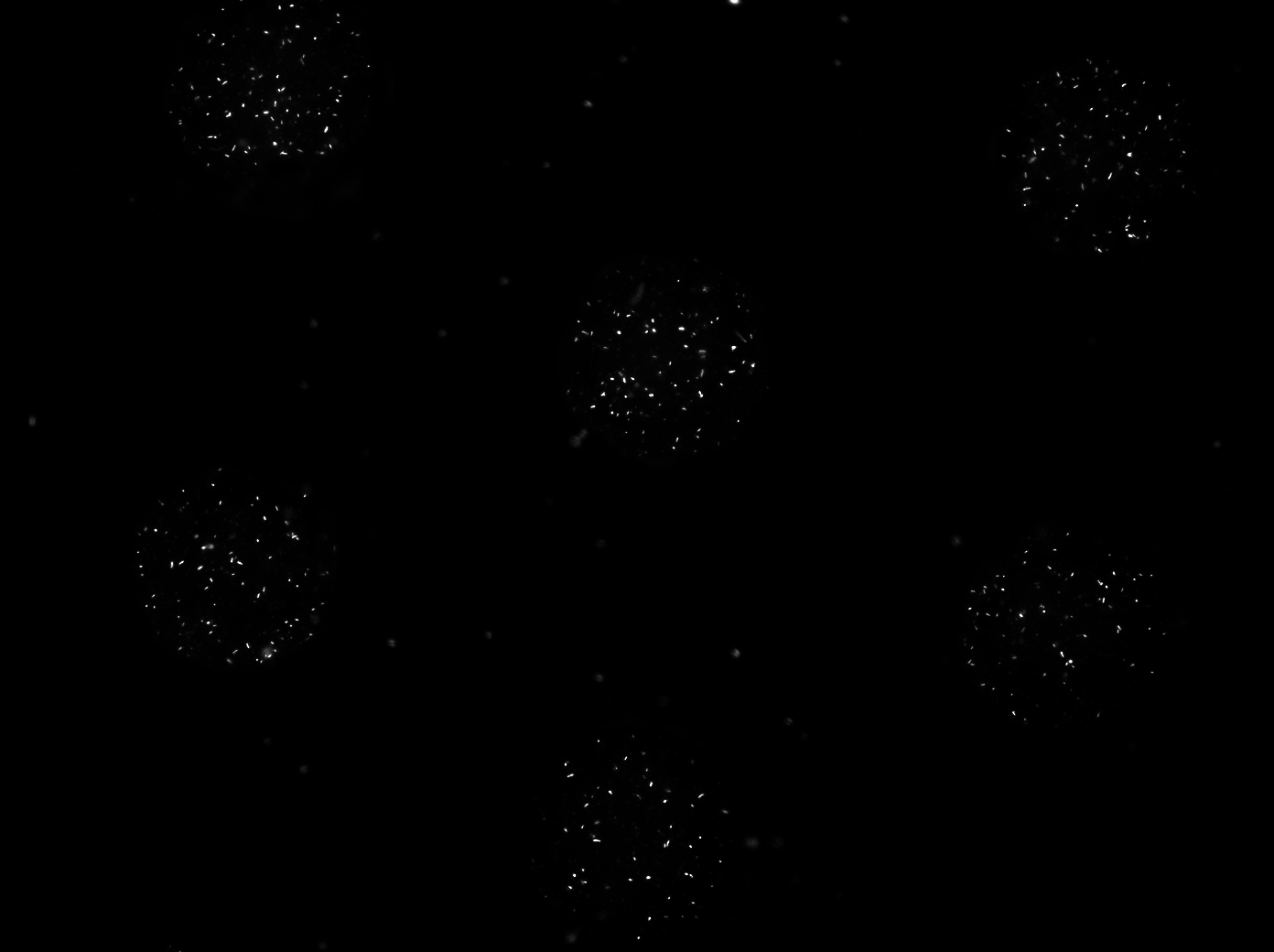Team:Wageningen UR/Project/DevicesMeasuringOscillations
From 2011.igem.org
(→Customary fluidic device designed by Team Wageningen UR to measure oscillations) |
(→Customary fluidic device designed by Team Wageningen UR to measure oscillations) |
||
| Line 29: | Line 29: | ||
| - | For the experiments, an overnight culture of the cells containing the relevant construct was spun down and resuspended in PBS. The resuspended culture was inoculated in the device and | + | For the experiments, an overnight culture of the cells containing the relevant construct was spun down and resuspended in PBS. The resuspended culture was inoculated in the device and left in the chamber to settle down for a while. Since the bacteria were bottom fed with LB as seen in the set up section in [[Team:Wageningen_UR/Project/DevicesSetup#Controlling_cell_growth| figure X+2]], only the bacteria which settled down in the wells survived, while the bacteria in PBS starved. This is shown in the short video below. The pictures were taken every ten minutes. |
[[File:PBS_cellgrowth_bottomfeed-1.tif|center]] | [[File:PBS_cellgrowth_bottomfeed-1.tif|center]] | ||
Revision as of 12:51, 19 September 2011
 "
"





